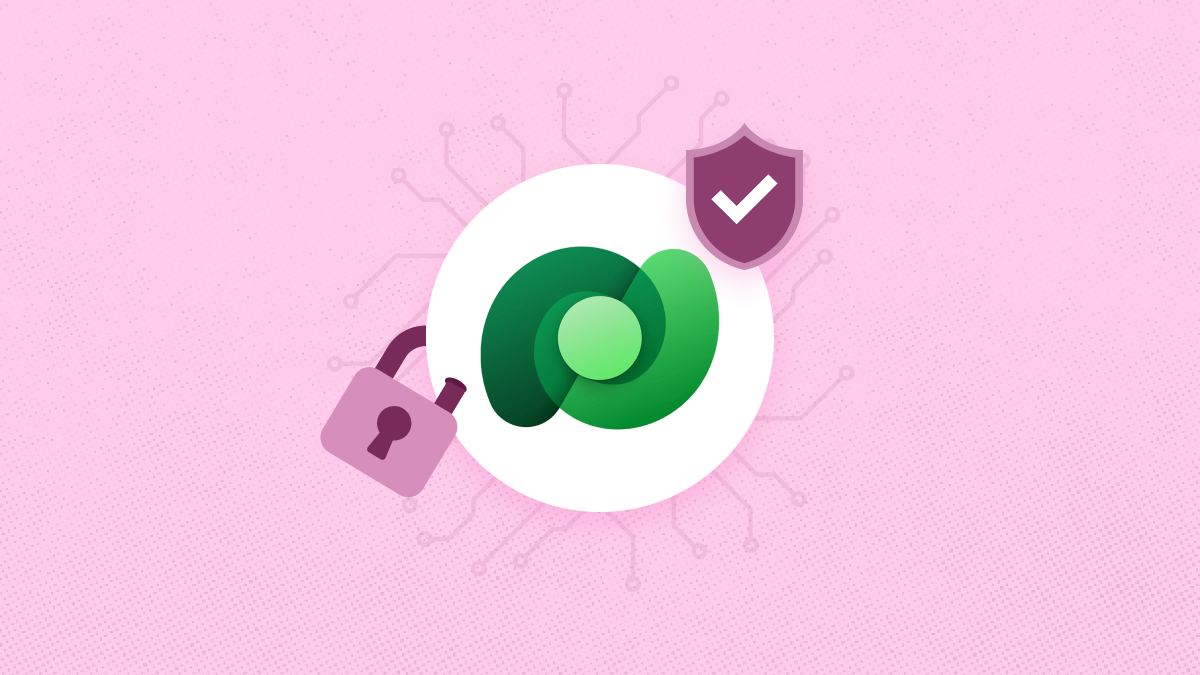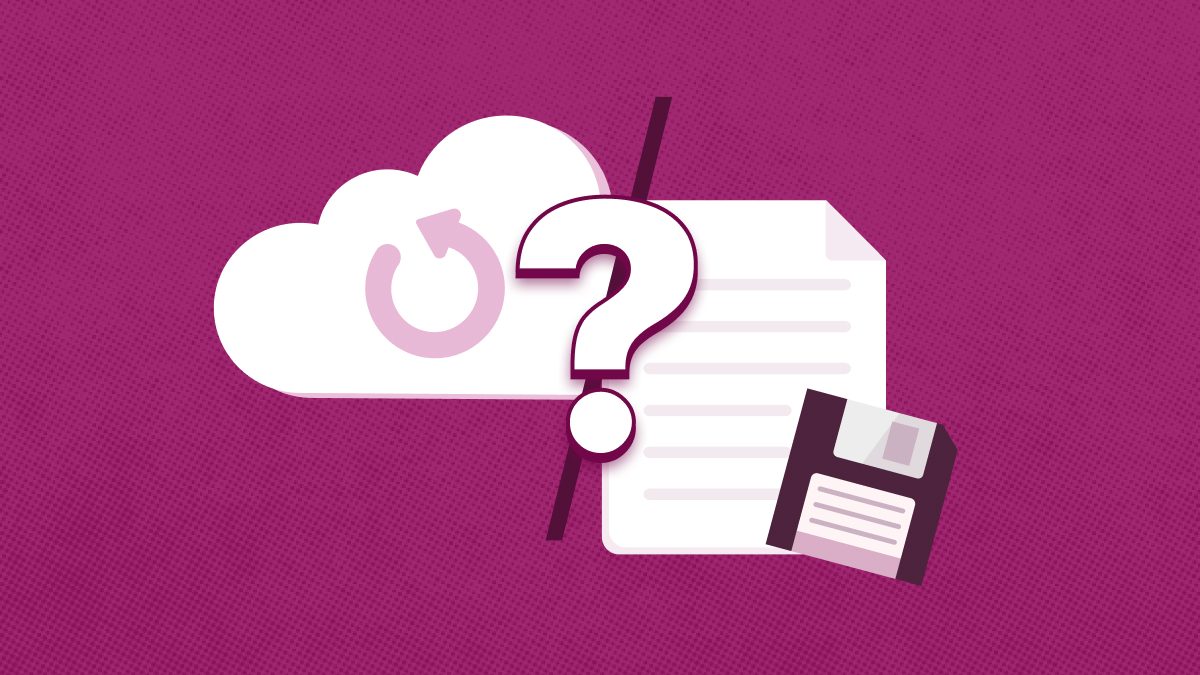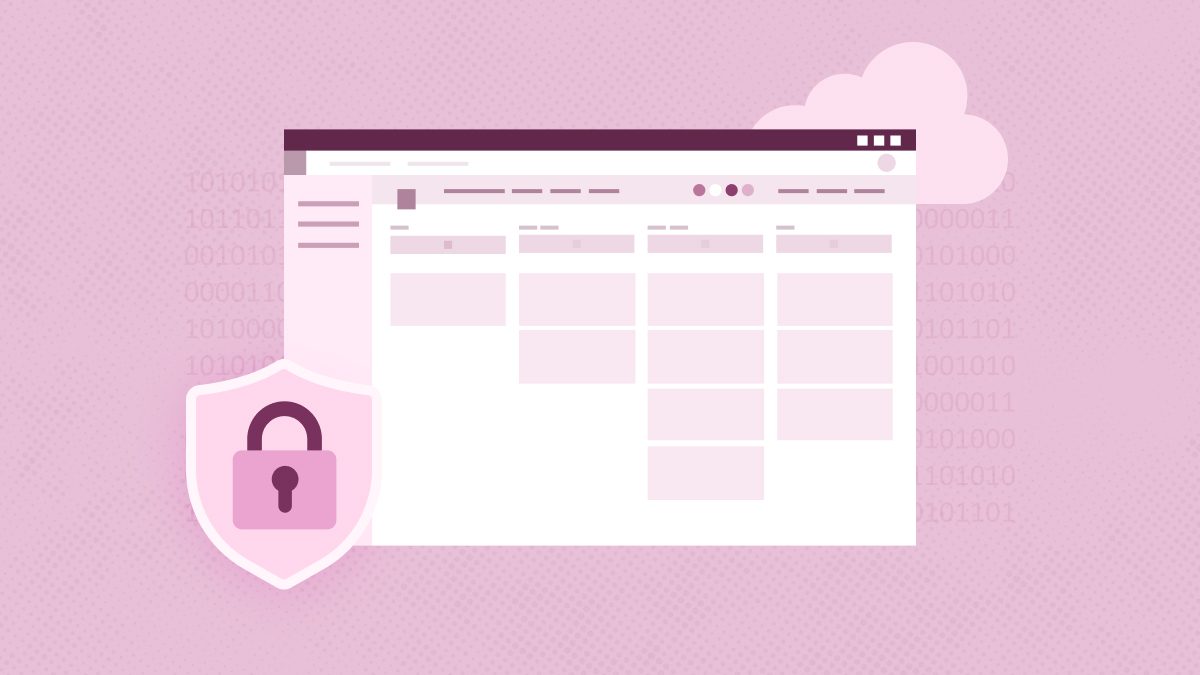Glossary about Disaster Recovery
Disaster Recovery
Disaster Recovery
Disasters such as earthquakes and floods can happen in every part of the world, depending on various factors. The top things that get affected by calamities include the business sector. This is because disasters can take down a company’s IT infrastructure.
The only thing that can help you during adverse situations is disaster recovery and an effective plan. If you want to learn more about it, you have come to the right place. Here is what you need to know.
Disaster Recovery Explained
Disaster Recovery (DR) is the process of resuming your standard company operations after a disaster. The primary aim of DR is to help you regain access to your company’s IT infrastructure. In this case, you should also note that the disaster includes all things that negatively impact your business.
A DR plan can help you access software, hardware, electricity, and more. Disaster recovery refers to responding to and recovering from a negative incident.
Logistical things are also considered during DR. For example, you may require an alternative workspace to continue operations. Besides that, you may also have to take care of employee transportation.
What Is Considered A Disaster?
Many people only consider natural calamities such as tornadoes, floods, and more as disasters. However, other things are considered in the data management industry. Here are the critical disasters that come under the DR category:
- All types of cyber attacks
- Sabotage cases
- Equipment failure
- Terrorist attacks
- Security threats
- Epidemics
- Pandemics such as COVID-19
- Natural calamities
- Fires
- Industrial accidents
The key thing to note is that any situation that causes your critical business tasks to stop for an extended period is a disaster. This can be technical issues such as lack of equipment. It can also be problem caused by humans, such as terrorist attacks.
Importance Of Disaster Recovery
Here are the top things that will help you understand the importance of disaster recovery:
- Frustrated Customers
You should understand that customers don’t cooperate well if you suffer from a disaster. If they use your software, you must ensure that the uptime is high. Besides that, you must ensure that your technical issues don’t affect your customers.
Typically, a customer can get frustrated if issues on your end cause them problems. This can cause your company to suffer negative reviews, income loss, and much more. So it is essential that your DR strategy is effective and helps prevent your clients from facing issues.
- Compliance Regulations
You should remember that compliance regulations require some companies to have a disaster recovery plan. You must invest time in developing an excellent responding strategy for uncertain times.
Typically, healthcare, manufacturing, and financial companies must have a disaster recovery plan. Not only that, but failure to comply can result in heavy penalties.
Final Words
This is everything you need to know about the definition of disaster recovery. An effective plan can help you prevent financial and customer losses.




